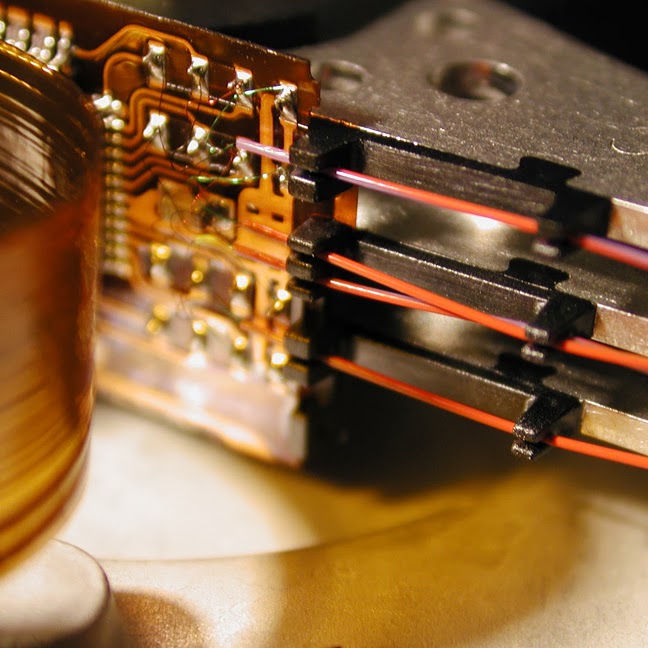These keyboards rely on magnets and springs and activate by sensing changes in the magnetic field. Popularized by Dutch keyboard startup Wooting, these switches rely on the Hall Effect and have actually been around since the 1960s.
You can change how far you need to press down to register the keystroke, as well as for the release point.
The one thing you can’t change, though, is the switch’s resistance. Despite all the talk of magnets, that’s still handled by the spring inside the switch, after all (for the moment, until the xyz is released).
But interestingly, this also means with temperature differences, you may also have to “calibrate” your keyboard. The price point for the Akko MOD007B PC Santorini keyboard at around US$110 to $150 is certainly not more expensive than many mechanical keyboards.
See https://techcrunch.com/2024/04/07/magnets-are-switching-up-the-keyboard-game/
#technology #keyboards
This probably has a use in gaming. Being able to run faster or slower depending on how deep or hard you press would be nice.
Anti Commercial AI thingy
It’s great for racing games where you have gradual steering but also quicker response times than with a controller
So, like… Pressure sensitive keys? Inputs on varying levels of depression of the key? Or would it still be binary, you can just adjust how far you press before it goes from 0 to 1?
Wooting has options for emulating controller inputs, like joystick axis and triggers. The default is a binary toggle for which the actuation can be changed, though. Makes sense in regard to typing and such.
If you want to go overboard, you can even create something akin to a macro by assigning multiple actions to the same key, so that a single keypress registers a different action when you’ve pressed half-way down, as you bottom out and when the switch pushes the keycap up again — and maybe another one somewhere in-between. I haven’t quite found a personal use case for this yet, but somebody surely will.
From the article. Cool stuff!
I’ll be over here with my 1/64 keyboard.QMK etc do something similar, where holding the key doesn’t keep spamming it, it does a different keystroke, Miryoku is a pretty extreme example.
I have one of these, and while the switch tech is certainly neat, I haven’t really come up with many good ways to use it.
Their implementation doesn’t seem to support changing resistance or being sensitive to multiple levels of pressure on the key, but one way I do use it is by changing the activation distance for certain keys that I tend to press by mistake when gaming, like caps lock, so that you really need to bottom out the key to activate it. This seems to help a bit but I suspect that if I wanted to get the most out of it, I would probably need to be a much more intense gamer.
Wow nice!! Yes my issue seems to be touching a key next to where I should be hitting. So if I could even increase travel to register, I’m wondering if that would at least make my typing a bit better. Of course, there is no easy cure for dyslexic typing ;-)
I feel like you could totally change the switch resistance with magnets. Electromagnetism goes both ways… apply a variable current to a coil in each key that repels it from or pulls it towards the base?
You could do that, but would there be any advantage over springs? That seems like a very expensive, over-engineered solution.
… isn’t that the point of mechanical keyboards?
That sounds like an Apple product to me.
Not sure how much resistance you’d get on a 5v rail over 104 magnets








